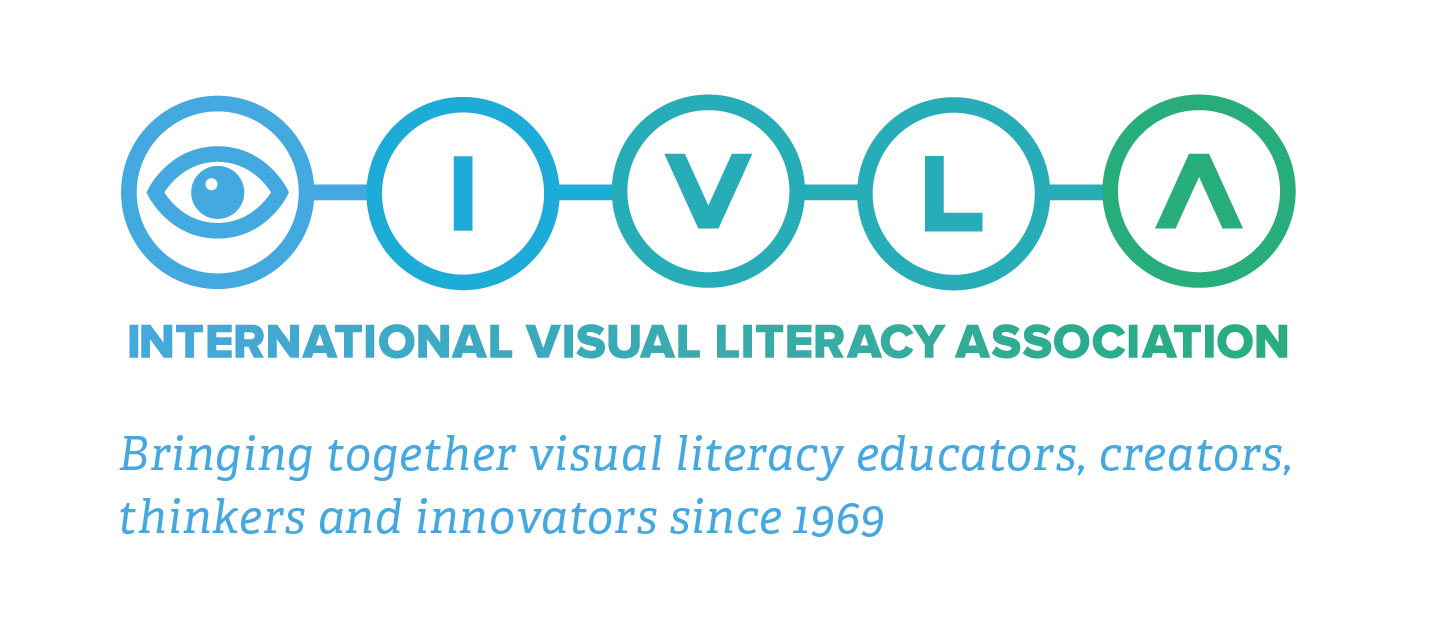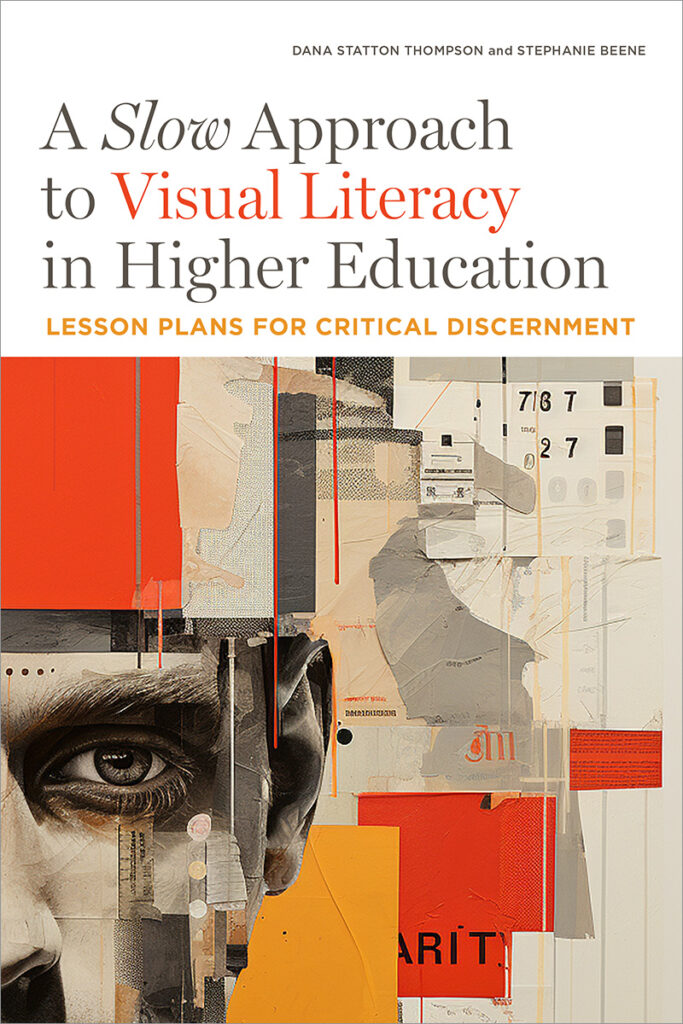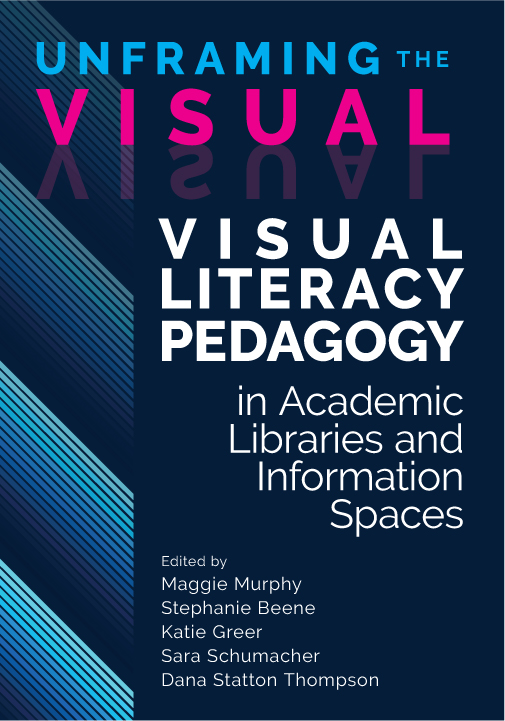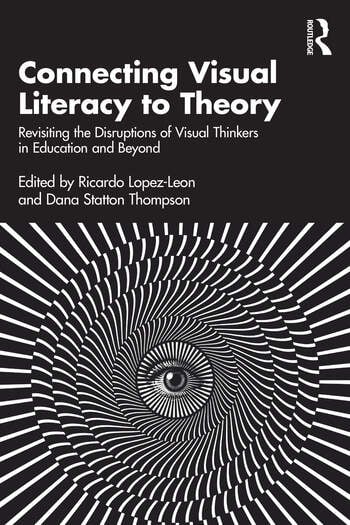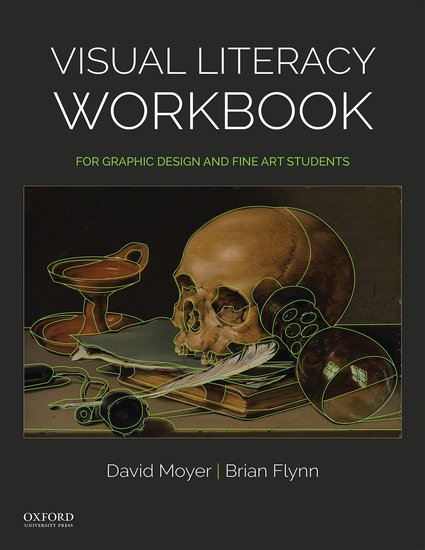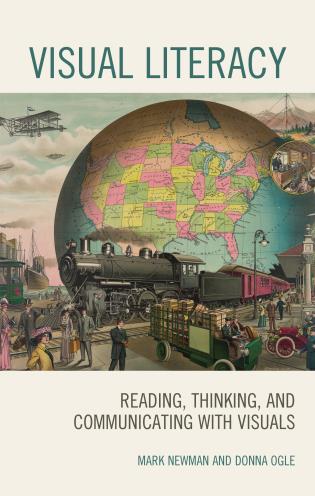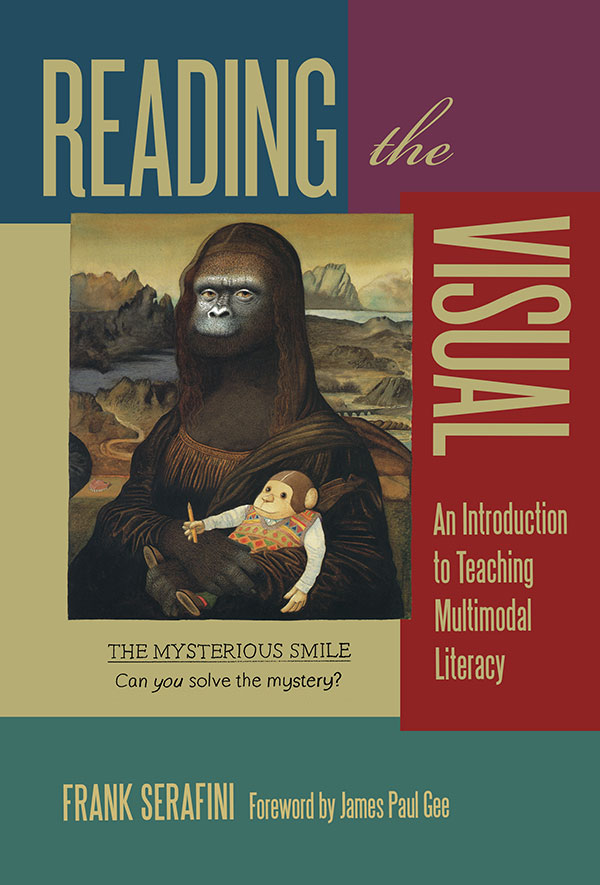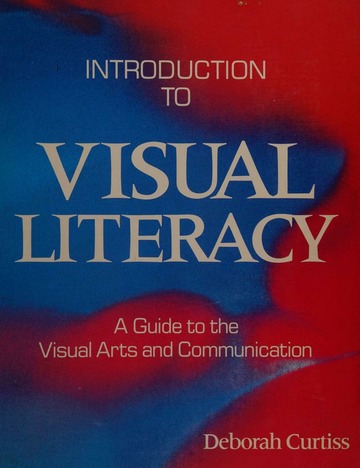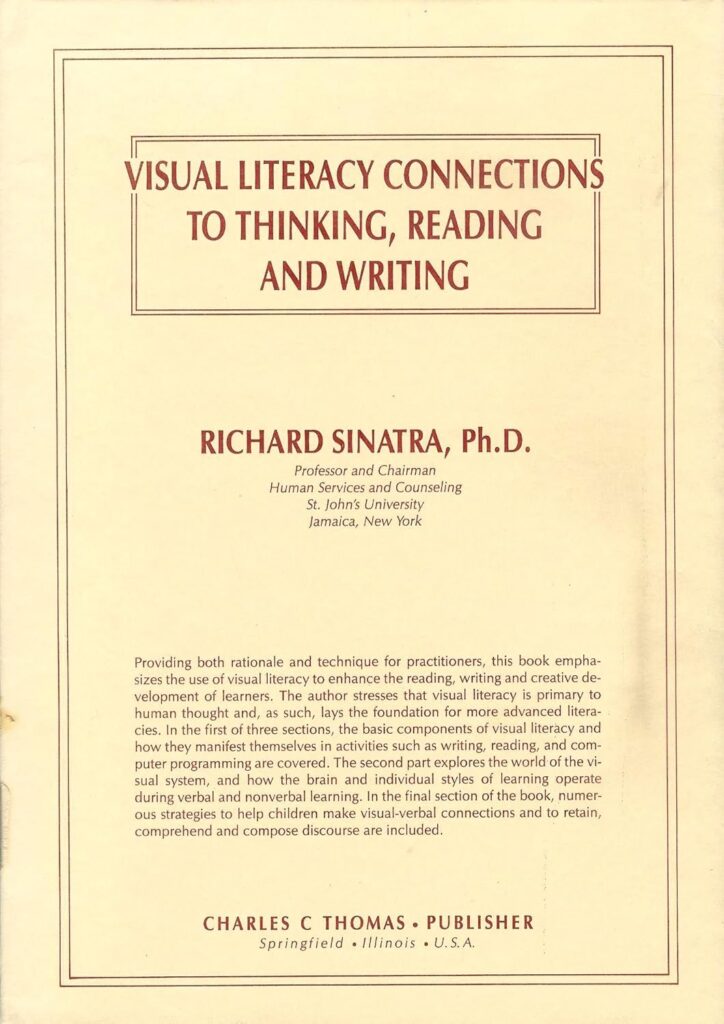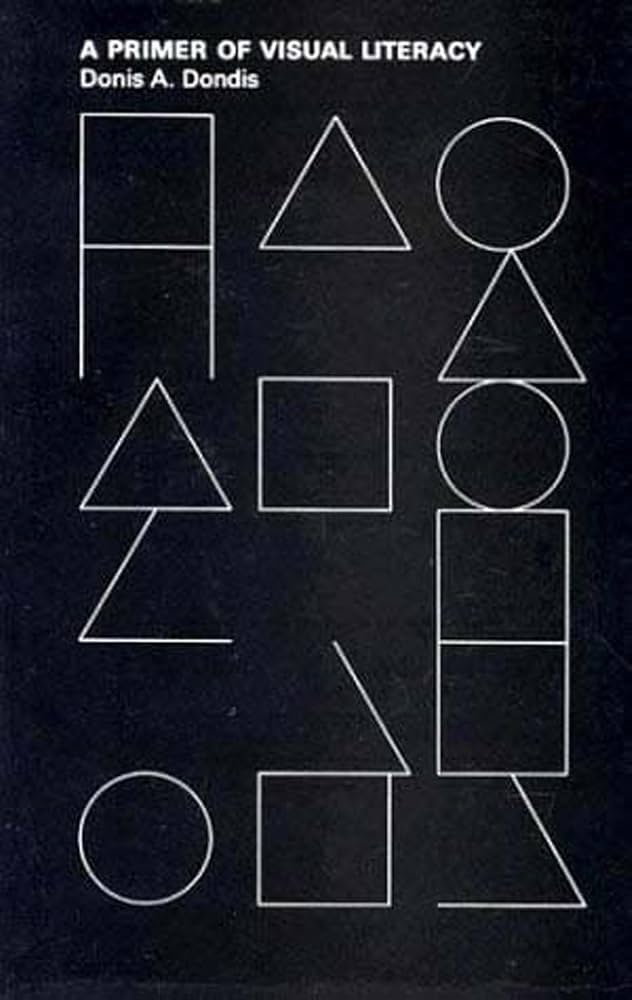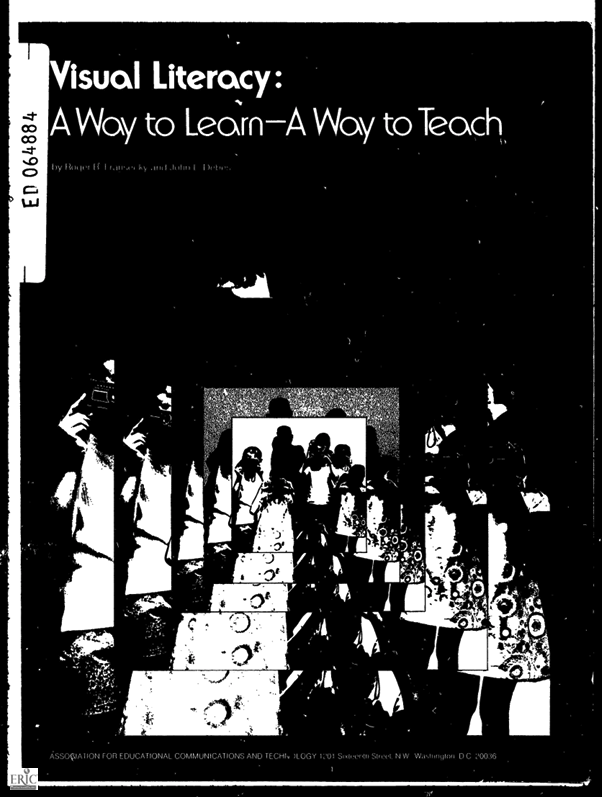A Slow Approach to Visual Literacy
in Higher Education
Dana Thompson and Stephanie Beene
- 2024 -
The principles of “slow librarianship”—which prioritizes reflection, collaboration, solidarity, and valuing all kinds of contributions—can also support deeper and more sustained learning and understanding. This book emphasizes the importance of attention and focus to the process of visual literacy, demonstrating how this approach supports ACRL’s Visual Literacy Competency Standards for Higher Education and the Framework for Visual Literacy in Higher Education.
Unframing the Visual:
Visual Literacy Pedagogy in Academic Libraries and Information Spaces
Maggie Murphy, Stephanie Beene, Katie Greer,
Dana Thompson, Sara Schumacher
- 2024 -
Visual literacy is an interconnected set of practices, habits, and values for participating in visual culture that can be developed through critical, ethical, reflective, and creative engagement with visual media. Approaches to teaching visual literacy in higher education must include a focus on context and not just content, process and not just product, impact and not just intent. Unframing is an approach to visual literacy pedagogy that acknowledges that visuals are a pervasive part of everyday life, as well as embedded into every scholarly discipline.
Connecting Visual Literacy to Theory:
Revisiting the Disruptions of Visual Thinkers in Education and Beyond
Ricardo Lopez-Leon and Dana Thompson
- 2024 -
Through an exploration of the contributions of well- and lesser-known visual thinkers from across disciplines and geographies, the contributors offer contemporary appraisals and modern re-conceptualizations of the subject. The book illuminates how experts from various disciplines ranging from art, communication, education, and philosophy laid the foundations for what we know today as visual literacy. These foundations and innovative ways of thinking and understanding images have been disruptive, but until now, have been relatively understudied. As such, the chapters examine the context of individual thinkers, expanding upon famous theories and providing new insight into why these visual and cognitive processes are imperative to learning and education and to disciplines spanning art history, museum studies, philosophy, photography, and more.
Beyond the Visual:
An Introduction to Researching Multimodal Phenomena
Frank Serafini
- 2022 -
Beyond the Visual is a survey of contemporary approaches to researching a wide range of visual and multimodal phenomena. Building on his earlier book, Reading the Visual, Serafini shares resources for conducting multimodal research across the social sciences. Beginning with a comprehensive overview of the theoretical foundations that support the analytical frameworks, the text is organized into two parts—texts and objects, events and spaces—with corresponding analytical approaches. Examples and outlines are provided to help novice and experienced researchers conduct their own studies. Vignettes by some of the most renowned scholars in the field of multimodality research take the reader behind the scenes of various projects to experience the thoughts and decisions that go into conceptualizing and applying the analytical frameworks presented in the book.
Visual Literacy Workbook:
For Graphic Design and
Fine Arts Students
Brian Flynn and David Moyer
- 2019 -
Appropriate for both graphic designers and fine artists, Visual Literacy Workbook: For Graphic Design and Fine Art Students provides a detailed approach to understanding visual imagery. The text presents a wide range of fine art, graphic, and digital examples and is divided into two major parts: visual form and visual content. As students cover new material in the workbook, concepts are reinforced and synthesized, resulting in a comprehensive understanding of form and content. Upon completion of the text, students are well-prepared to participate in the design process and further interpret visual content.
Visual Literacy:
Reading, Thinking, and
Communicating with Visuals
Mark Newman and Donna Ogle
- 2019 -
Visual Literacy examines how teachers can use visuals to improve learning for all students. It provides teachers with a foundation in visual literacy, defined as the ability to read, think, and communicate with visually presented information. Results of studies of students’ using visual information indicate that most students are clearly lacking in the tools needed to use visuals effectively. The book orients teachers to visual literacy and the world of visuals. It discusses various classroom tested strategies and activities for all students, including second language learners, and students with special needs. Stressing visual literacy skills helps students understand a visual more deeply so they can master the content they are learning.
Reading the Visual:
An Introduction to Teaching Multimodal Literacy
Frank Serafini
- 2013 -
Today’s teachers need up-to-the-minute information to help their students make sense of the multimodal texts they encounter daily in and out of school. Reading the Visual is an essential introduction that focuses on what teachers should know about multimodal literacy and how to teach it. This engaging book provides theoretical, curricular, and pedagogical frameworks for teaching a wide-range of visual and multimodal texts, including historical fiction, picture books, advertisements, websites, comics, graphic novels, news reports, and film.
Introduction to Visual Literacy:
A Guide to the Visual Arts
and Communication
Deborah Curtiss
- 1987 -
A Primer of Visual Literacy
Donis A. Dondis
- 1973 -
Understanding through seeing only seems to be an obviously intuitive process. Actually, developing the visual sense is something like learning a language, with its own special alphabet, lexicon, and syntax. People find it necessary to be verbally literate whether they are “writers”: or not; they should find it equally necessary to be visually literate, “artists” or not. This primer is designed to teach students the interconnected arts of visual communication. The subject is presented, not as a foreign language, but as a native one that the student “knows” but cannot yet “read.” The analogy provides a useful teaching method, in part because it is not overworked or too rigorously applied.
Visual Literacy:
A Way to Learn--A Way to Teach
Roger B. Fransecky and John L. Debes
- 1972 -
An illustrated introductory primer is designed to familiarize educators with the concept of visual literacy and classroom practices which help teach it. Visual literacy is defined, its objectives are explained, and the use of pictures and cameras in literacy programs is explored.
